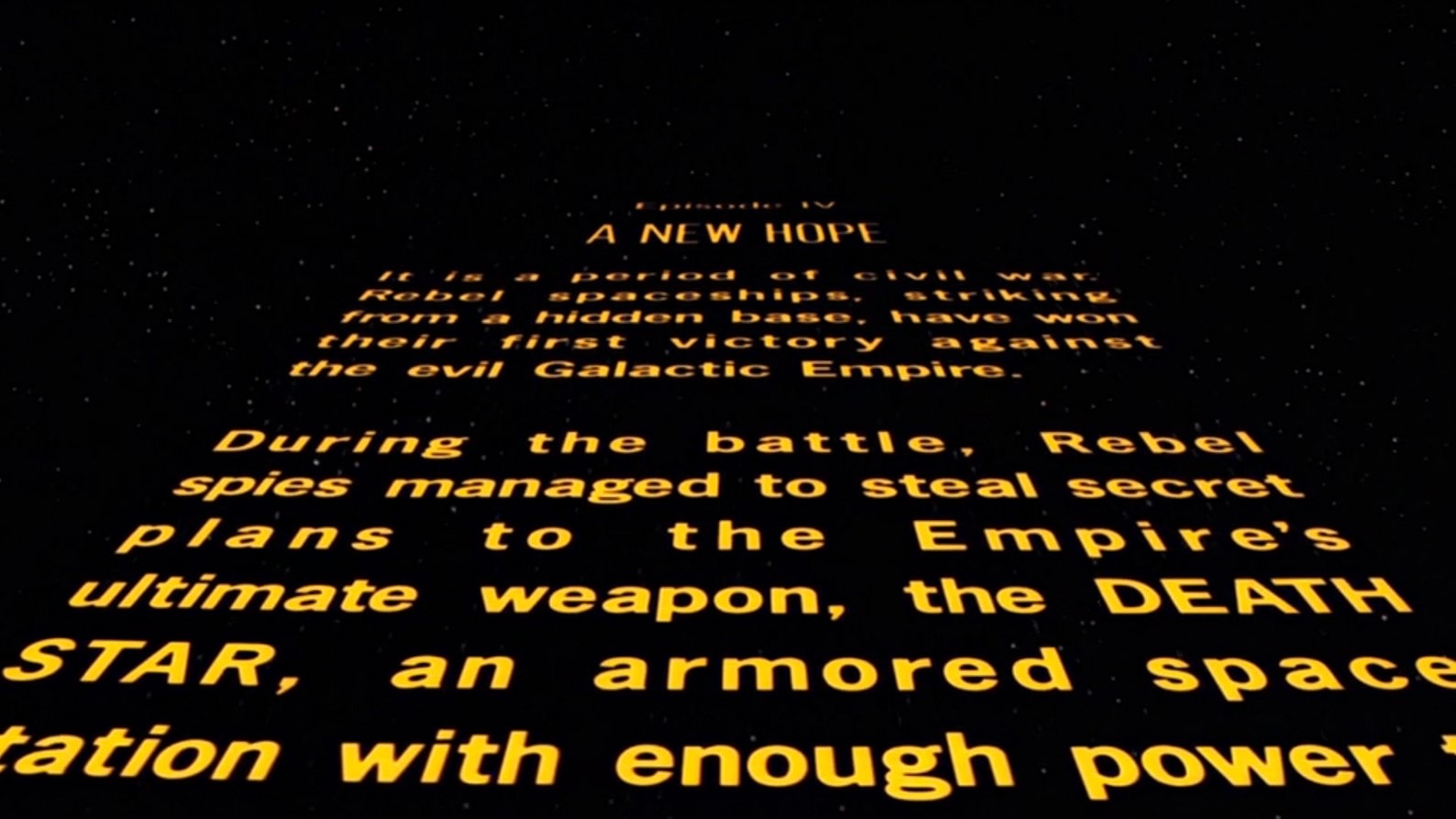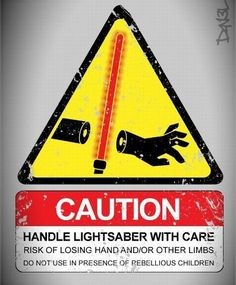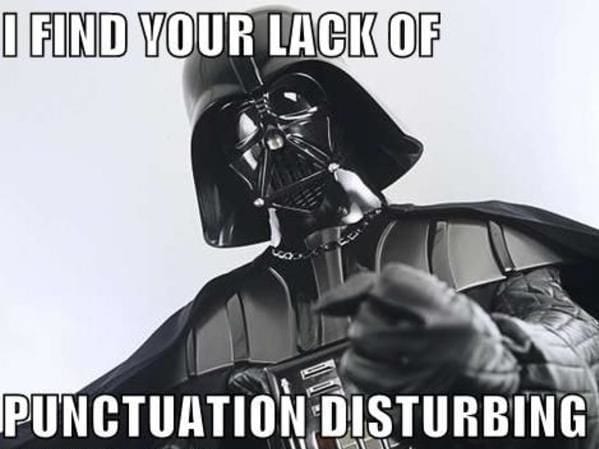
A few months ago I wrote an introduction to Standard Technical English (STE). Check it out if you want to get a better idea of the history, uses, and benefits of STE.
The following article is a visual representation of the STE rules using Star Wars. I also included a high-level explaination of each rule.
 |
WORDS:
|
| NOUN PHRASES:
A noun cluster is one or more nouns used to describe or modify another noun. For example: C-3PO Human-Cyborg Relations. Clusters are acceptable in STE. However, they can be confusing to readers. If you cannot shorten a noun cluster because it is an official technical name, then clarify it by using hyphens to show the relationship between related word or explain the noun cluster and then use a shorter noun cluster. For example, C-3PO Human-Cyborg Relations can be shortened to C-3PO. |
 |
 |
VERBS:
The STE rule state that you can only use the approve form and tense of a verb. For example it shows that you can use ADJUST, ADJUSTS, and ADJUSTED. So you cannot use ADJUSTING. As a matter of fact you cannot use the gerund version of any verb except those that are a Technical Name. In Simplified English, if there is an approved verb that describes an action then use the verb. Do not use a noun. For example, do not write “The meter gives an indication …” you can just say, “the meter shows …” The last rule governing verbs is to use the active voice for all procedures and as much as possible in descriptive writing. If you do not know the difference between active and passive voice, then learn it! Even outside of technical writing, the active voice makes your writing stronger. This is so important that the STE manual even has a little mini lesson on active and passive voice. |
| SENTENCE:
Keep them short. One topic per sentence. However, do not omit words or use contractions to make your sentences shorter. It is okay to use connecting words, such as AND and BUT, to join two sentences if the sentences have related thoughts. If you have complex texts, then use a vertical list. |
 |
 |
PROCEDURES:
|
| DESCRIPTIVE WRITING:
Descriptive writing is different than descriptive statements. The statement were clauses. Descriptive writing, gives information. The opposite of procedures which give instruction. Descriptive writing takes the form of introduction text, operation topic, notes, and other similar text. Even with descriptive writing, you want to keep the sentences as short as possible (a max of 25 words) but try to vary the length and construction to keep it interesting. There should be a maximum of the sentences in each paragraph. Use paragraphs to show the logic of text. Each paragraph must only have one topic and should start with a topic sentence. |
 |
 |
WARNINGS AND CAUTIONS:
Do you see the issue with this graphic? It reads that there is a danger of injury, so it should be a Warning instead of a Caution. A warning means that injury or death is possible if the instructions are not obeyed. A caution means that damage to equipment is possible. A note is added to give more information.
|
| PUNCTUATION:
There are punctuation rules that are a matter of opinion. However, STE states “Punctuation marks show how parts of the text are related to each other. Punctuation can make your text more readable and the meaning more obvious … If you want to write clearly and help your reader, you must use punctuation marks skillfully and not by personal preference.” The STE rules do not get into detail on the specific requirements of punctuation but it refers people to the US Government Printing Office Style Manual, the Chicago Manual of Style, The Gregg Reference Manual, and J. Kirkman’s Full Marks. By the way, all of those references mandate the use of the serial comma. A few rules that the STE does state about punctuation that is worth noting is:
|
 |
 |
WRITING PRACTICES:
This one is easier than it sounds. It deals with moving from everyday English to Simplified Technical English.
|

